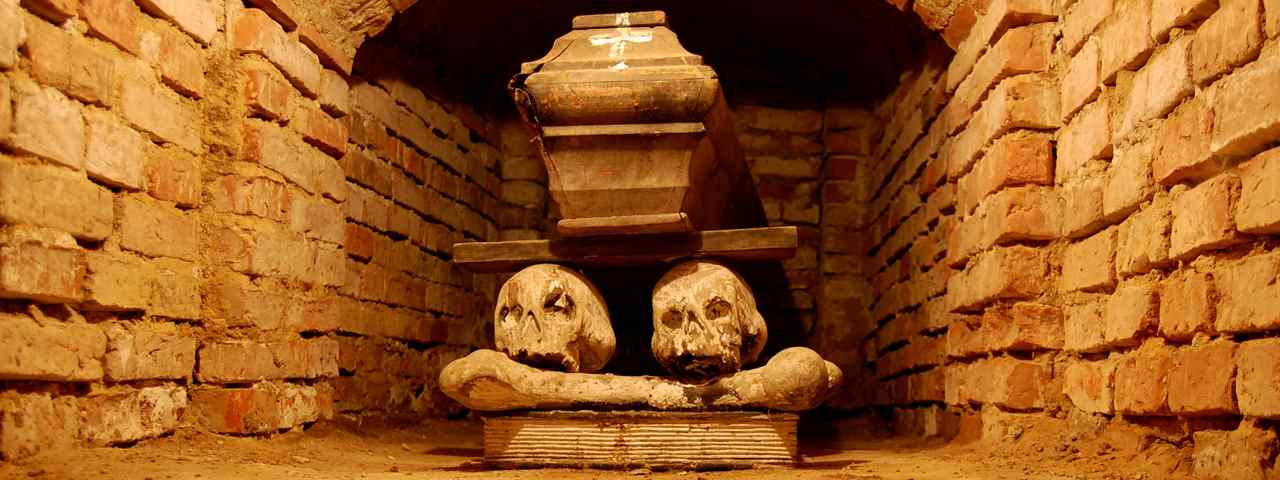Upgrading to bcrypt
Every so often, someone hacks a company and steals their database. Usually the database contains a bunch of email addresses and passwords. Two weeks ago, LivingSocial was hacked, leaking 50 million users’ data. Even companies as big as Sony aren’t immune; they were hacked in 2011 and had 77 million users’ data stolen.
As a developer, it’s your responsibility to protect your users’ data should this happen to you. Depending on how you store passwords, it can either be trivial or impossible for attackers to compromise your users’ accounts. From least to most secure, these six formats cover the majority of password storage techniques:
- Plain text
- Obfuscated (Caesar cipher)
- Encrypted (Triple DES)
- Hashed (MD5)
- Salted and hashed
- Computed from a key derivation function (bcrypt)
It’s unequivocally better to store passwords securely. There are no downsides and brute-force attacks become orders of magnitude harder. Any greenfield project should use bcrypt (or another key derivation function like PBKDF2 or scrypt).
But what about existing projects? Upgrading to a new scheme isn’t trivial because current passwords need to be migrated. In fact, the user shouldn’t be able to tell that anything changed. The old system should be silently deprecated and replaced with the new one.
Here’s how to do exactly that with Rails 3.2.13 and bcrypt-ruby 3.0.1 on Ruby 1.9.3-p392.
Before
Let’s say you’re in the worst possible scenario: you store passwords in plain text. Hopefully you don’t actually do this, but it makes this example a lot simpler. The same principles work regardless of how you store your passwords.
Assuming a straightforward user model, you might authenticate users
with a class method. All it does is try to find the user, then
compare the passwords. If everything checks out, it returns the
user. In all other cases, it returns nil.
class User < ActiveRecord::Base
def self.authenticate(username, password)
user = find_by_username(username)
user if user && password == user.password
end
end
During
We want to jump straight to the best case scenario and start using bcrypt. Three things are necessary to get that done: add another field to the user model; add a handful of new methods; and modify the authenticate method.
Up first is adding a new field to the user model. We need to store the derived key bcrypt generates. A simple migration takes care of this step:
class AddBcryptHashToUser < ActiveRecord::Migration
def change
add_column :users, :bcrypt_hash, :string
end
end
Now we need a couple utility functions. They’ll allow us to see
which users use bcrypt, set the password, and compare strings against
it. These all require the bcrypt-ruby gem, so add gem
'bcrypt-ruby' to your Gemfile.
require 'bcrypt'
class User < ActiveRecord::Base
include BCrypt
def bcrypt?
bcrypt_hash.present?
end
def bcrypt
@bcrypt ||= Password.new(bcrypt_hash) if bcrypt?
end
def bcrypt=(new_password)
@bcrypt = Password.create(new_password)
self.bcrypt_hash = @bcrypt
end
end
Lastly, the authenticate function needs to be modified. It should compare using bcrypt if the user has been updated. If they haven’t, it should compare using the old method.
Once a user authenticates using the old method, it should generate a bcrypt hash for them so it’ll use that next time. In addition, it needs to delete data stored by the old method. If it doesn’t, an attacker could just focus their efforts on the legacy data.
def self.authenticate(username, password)
user = find_by_username(username)
return unless user
if user.bcrypt?
user if user.bcrypt == password
elsif password == user.password
user.bcrypt = password
user.password = nil
user.save!
user
end
end
After
At some point you’ll want to remove everything that’s still stored in the old format. For users that haven’t updated yet, a new password must be generated. You can either email it to them or they can rely on your password recovery service.
require 'bcrypt'
class RemovePasswordFromUser < ActiveRecord::Migration
def up
user_ids = ActiveRecord::Base.connection.select_all(
'SELECT id FROM users WHERE bcrypt_hash IS NULL').
map { |e| e['id'] }
remove_column :users, :password
return if user_ids.blank?
passwords = user_ids.length.times.
map { SecureRandom.hex }
bcrypt_hashes = passwords.
map { |e| BCrypt::Password.create(e) }
cases = user_ids.zip(bcrypt_hashes).
map { |a, b| "WHEN #{a} THEN '#{b}'" }
update_sql <<-SQL
UPDATE users
SET bcrypt_hash = CASE id #{cases.join(' ')} END
WHERE id IN (#{user_ids.join(', ')})
SQL
user_ids.zip(passwords).each do |user_id, password|
# Send an email, generate a notification, ...
end
end
end
Testing
Depending on how your tests are set up, switching to bcrypt could
slow them down. Changing the work factor is the easiest way to avoid
this slowdown. The next version of bcrypt-ruby will support setting
the cost with BCrypt::Engine.cost = x. For the time being, monkey
patching is the way to go. Drop this into spec/support/bcrypt.rb:
require 'bcrypt'
module BCrypt
class Engine
Kernel.silence_warnings do
DEFAULT_COST = 1
end
end
end
Conclusion
Upgrading a legacy system to use bcrypt isn’t that hard. You should do it sooner rather than later. In the unlikely (but entirely possible) event of a database leak, your users’ passwords will be protected.
